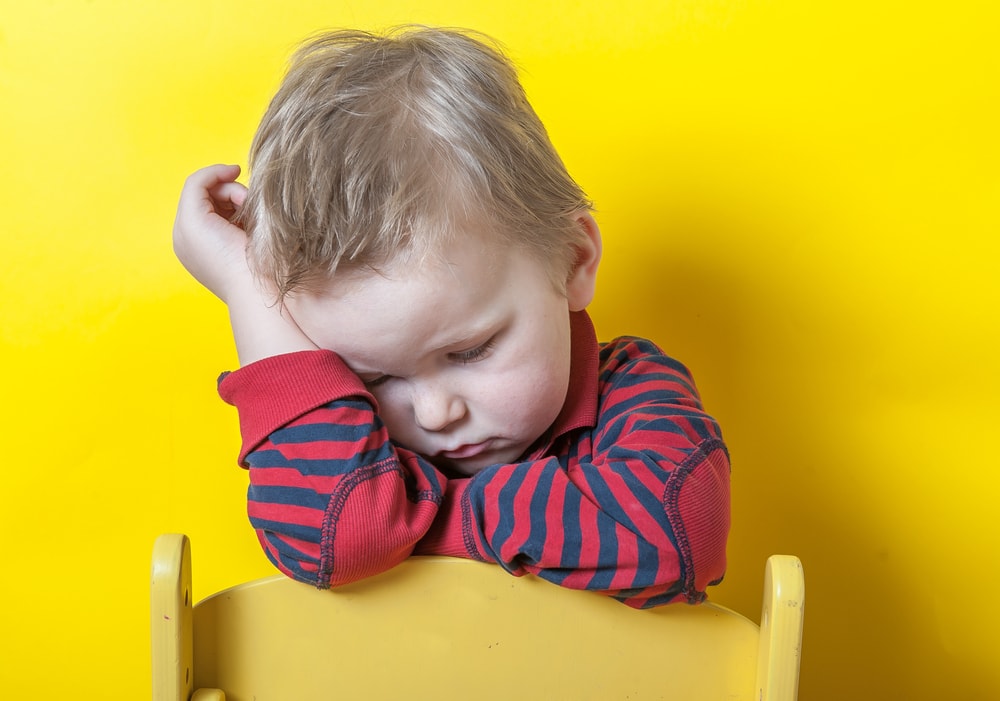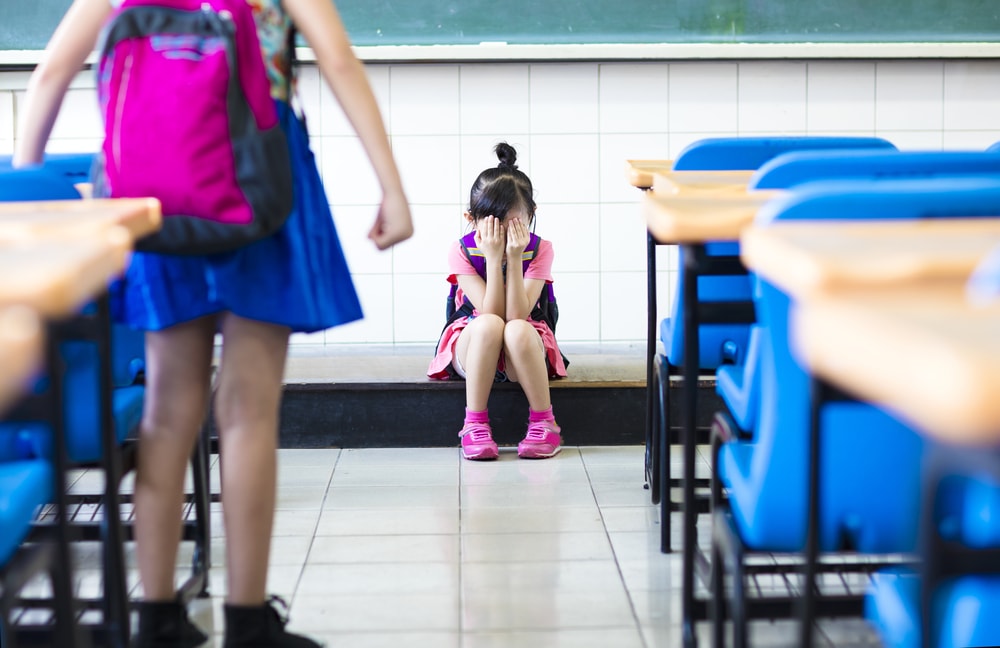Until last week I thought I still had a few years before I worried about bullying. But yesterday, my son came back home with tiny teeth marks on his arm. Upon inquiry, he told me about a kid in class who went around biting and pinching everyone for fun. My kid is three years old.
I think it is because kids are really innocent and cute at this age, we tend to forgive everything they do and this includes such acts of violence. Pinching someone and drawing fun out the act is a straight forward sign of bullying. My son, upon coaxing him, also told me that the same boy took the liberty to eat out of people’s lunch boxes whenever the mood struck him. I was visibly upset and made it a point to talk to his teacher the very next day.

If you are seeing, even seemingly harmless, signs of bullying, my advice would be to take action immediately and help your child be confident enough to face it. This is what I have done so far:
I made him understand what kind of behavior is unacceptable
Kids at such a tender age will accept just about everything and even start replicating it. Also, they tend to learn faster from their friends. That’s why it is important to teach your child boundaries. Biting, pulling, pushing, taking someone’s lunch away, kicking, and pinching are all unacceptable.
Our kids should not do it and not allow anyone else to do it to them either.
I sat my kid down and explained to him about each of these actions. I also reassured him that he can always come to me and tell me when someone behaves in a way that makes him uncomfortable.

I was very upset but I stayed calm
Such incidents can really be upsetting but if your child sees you panic or get upset, he may fear sharing it with you again. That’s why, no matter how hard it may be, it is important that you stay composed.
Be action-oriented and bring it to the notice of the school immediately.
If your child is getting bullied at the playground after school, you could talk to the bullying child’s parents immediately.
Assure him that he isn’t a tattletale
Kids generally withdraw and refuse to share because they are tagged as tattletales and made fun of. They fear being shunned by the other kids.
Teach your child that that’s exactly what the bully wants him to think. Isolating peers is also a form of bullying. It is only when your child shares with an adult that he shows the bully that he is not vulnerable and has someone who will stand up for him.
Encourage positive behavior
A few tricks will help your toddler come across as confident. He will also less likely be targeted. For example, simply teach your child to look at the color of someone’s eyes will talking to them. Indirectly, you are teaching him to make eye contact. When this becomes a habit, your child will look at his bully the same way and the bullying child will not really feel comfortable being mean.
One of my friends taught her daughter to say firmly, “That’s mine! I am playing with it!” when someone tried taking her toy. She says it worked beautifully and no one tried to forcefully take her toys away from her after that.
Our children are at a very tender age but it is very important that we teach them to be strong because this is what will mold them for the future.


Add Comment